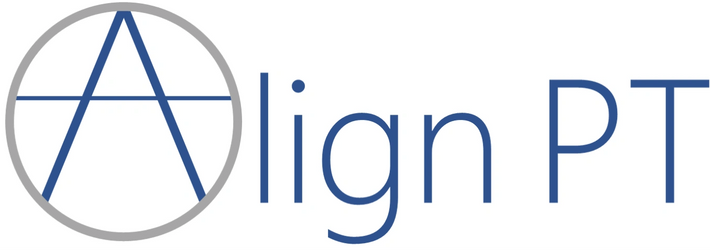The International Society on Scoliosis Orthopaedic and Rehabilitation Treatment (SOSORT) is a multidisciplinary organization with the goal “to foster the most appropriate treatment of scoliosis and spine structural changes, with emphasis on non-operative management.”
A key role that SOSORT undertakes in support of this goal is to disseminates evidence-based information and guidelines among the scientific community and the general population concerning the conservative management of spine structural changes.
In the application below, we provide a summary of the SOSORT guidance for treatment of scoliosis based on a few factors. To use the application, select the age group (Adolescent, Adult, Elderly, Infant, or Juvenile), then select either the Risser Score or pain, then choose the Cobb Angle.
